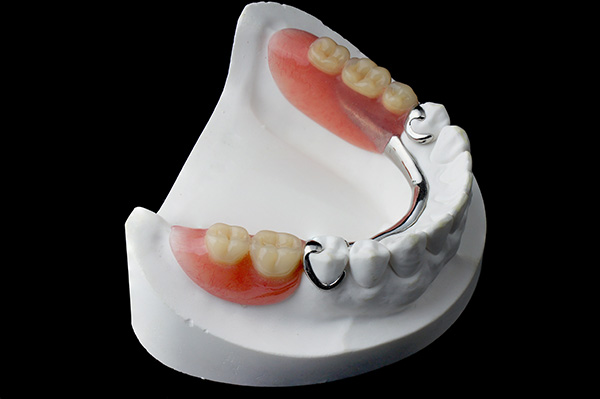 Composite fillings are resin materials made with a plastic and glass mixture. Dentists began to use tooth-colored fillings in the 1960s, but they were too weak for the back teeth. Nowadays, the composite resin is strong enough for all teeth. Dentists may use the fillings to restore a decayed tooth or reshape a disfigured, cracked, or chipped tooth.
Composite fillings are resin materials made with a plastic and glass mixture. Dentists began to use tooth-colored fillings in the 1960s, but they were too weak for the back teeth. Nowadays, the composite resin is strong enough for all teeth. Dentists may use the fillings to restore a decayed tooth or reshape a disfigured, cracked, or chipped tooth.
The advantages of composite fillings
When placing composite fillings, dentists place the material in layers. Then, after each layer, dentists harden the material with a curing light. The curing light is a blue light that sends specific wavelengths to the material and triggers hardening. Patients may choose composite fillings for various reasons, including the following five.
1. Composite fillings bond to natural teeth
One of the significant differences between amalgam and composite resin fillings is the bonding method. Amalgam fillings do not bond to the natural tooth. Instead, dentists place the fillings with mechanical undercuts. For composite fillings, professionals prepare the tooth and add a bonding agent. The filling material hardens and bonds to the tooth. Additionally, dentists match the material's color to the patient's teeth, so it retains a natural appearance.
2. Composite fillings allow patients to keep more of their natural teeth
Patients who have amalgam fillings know that the dentist has to remove a large portion of the healthy tooth in addition to the decayed portion. After removing so much of the natural tooth, the structure becomes weaker. With composite fillings, patients do not have to undergo as much drilling. They retain more of the natural tooth, resulting in a stronger outcome.
3. Composite resin causes less tooth sensitivity
Metal fillings are the alternative to composite resin. While a patient's natural teeth protect the nerve from temperature, the metal conducts heat and cold. When a patient bites into hot or cold food, it increases sensitivity.
Composite, on the other hand, insulates the teeth. While a patient's teeth may feel sensitive shortly after the procedure, they may experience less sensitivity in the future.
4. Composite material hardens quickly
Generally, patients want dentists to finish the filling procedure as quickly as possible. Metal fillings can take about an hour to set and do not reach full strength until 24 hours following the process. On the other hand, composite fillings take less than one minute to cure and harden.
5. Dentists can repair composite fillings
Sometimes, dental fillings begin to degrade. This may happen due to natural wear, tooth trauma, or excessive grinding. Dentists can fix composite fillings quickly when a patient's fillings start to deteriorate. The professionals clean the area and repair the filling.
Likewise, dentists can perform the procedure if a patient has amalgam fillings but wants to switch to composite. Dentists can remove metal fillings and replace them with composite resin.
Conclusion
Dentists use composite fillings for various reasons. Often, they recommend composite resin for fillings on visible teeth or to fix chipped or mishappen teeth. Compared to other filling types, composite resin matches the color of the natural tooth, enhances the tooth's strength, and reduces sensitivity.
Request an appointment or call Southern Cal Smiles: Susan Fredericks, D.D.S, M.P.H. at 818-657-8055 for an appointment in our Woodland Hills office.
Related Posts
If you have experienced a cavity at least once, you almost certainly have had a dental filling. Composite fillings are made of resin and glass instead of metal. This variety of filling has become increasingly popular for its cosmetic benefits.Composite fillings, like other varieties of fillings, are often recommended by dentists after you suffer a…
Composite fillings are a common treatment for filling cavities and addressing tooth decay. These treatments often use tooth-colored, durable materials that can last for several years, but only if the filling is taken care of properly. It is important to avoid eating certain foods after getting a filling in order to protect the procedure and…
Composite fillings, especially newer ones, are reasonably strong and durable, but they can wear out over time. Excess pressure, such as may occur when you grind your teeth, can cause them to wear out more quickly. Poor dental hygiene may contribute to decay that can compromise fillings. A filling that is loose is not a…


